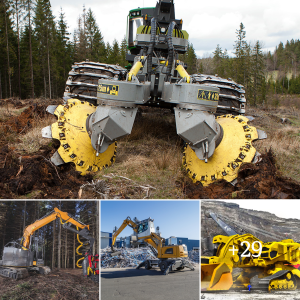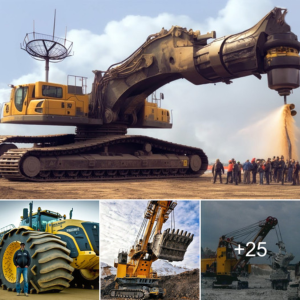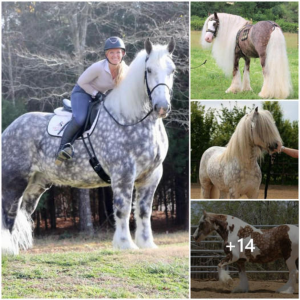A lavishly decorated tomb discovered in eastern China may be the resting place of the ruler of the Chu state, one of the dominant powers during China’s tumultuous Warring States period, which occurred around 2,200 years ago. This tomb, located near Huainan in Anhui province, is unprecedented in its size and complexity among Chu state tombs. This find comes after a four-year course of excavations at the Wuwangdun.

Excavation of the Wuwangdun tomb
The Wuwangdun tomb has suffered from multiple instances of looting, prompting local law enforcement to recover over 70 cultural artifacts in recent years. Unfortunately, the repeated thefts also inflicted considerable damage on the tomb. This raised concerns about altered environmental conditions affecting the preservation of buried relics. In response, a rescue excavation was initiated in 2020 to mitigate further degradation and to safeguard the site’s archaeological integrity.

Throughout the excavation of the Wuwangdun tomb, an archaeological laboratory with controlled low-oxygen levels was established, providing researchers with a secure temporary environment to work while safeguarding the excavated artifacts.
In addition to conventional recording methods, the archaeological team employed advanced techniques such as digital scanning, surveying, and mapping to acquire real-time data from the excavation site. They generated an exceptionally precise 3D digital representation of all strata within the tomb. They then utilized infrared imaging technology to extract and analyze over 1,000 characters inscribed on the coffin lid, originally written in Chinese ink.

Based on radiocarbon dating and other analyses, it’s been determined that the tomb likely dates back to the later period of the Chu state around 220 BC, during a time when it was gradually succumbing to the influence of the Qin state.
A tomb fit for a king
Spanning an area of more than 140 square kilometers, the Wuwangdun tomb complex houses a main burial chamber (Tomb No.1), chariot and horse pits, accompanying graves, and sacrificial pits. Tomb No.1 is a nearly square, large vertical pit tomb, approximately 50 meters long on each side. On the east side, there is a sloping tomb passage about 42 meters long.

Eight side chambers were discovered around the pit, with a central coffin chamber covered with multiple layers of planks. So far, a total of 443 coffin lid planks and 78 bamboo mats covering the planks have been extracted. Among the artifacts recovered are bronze ritual vessels, musical instruments, lacquerware, and even plant remains. Of particular note is a central coffin adorned with over 1,000 written characters, providing valuable insights into the identity of the tomb’s occupant.

While researchers have not conclusively determined who was buried there, there is speculation that it could be King Kaolie, who reigned over the state of Chu for more than two decades from 262 BCE to 238 BCE. The Wuwangdun tomb is only 15 km (9 miles) from the ruins of the Chu state’s last capital, Shouchun.
A Monumental Contribution to Archaeological Knowledge
Gong Xicheng, a lead archaeologist involved in the excavation, emphasized the significance of the findings in understanding various aspects of Chu society, including its politics, economy, culture, and technology. He noted that the tomb’s discovery could provide valuable information about the evolution of the Chu state and its eventual integration into a unified China.

This archaeological treasure trove serves as a rich source of material for researchers to delve deeper into the enigmatic past, unraveling the mysteries that lie buried beneath the earth’s surface. Furthermore, the discovery holds immense potential to revitalize archaeological tourism in the region, attracting visitors eager to witness and learn from this tangible link to China’s ancient past.
The preservation and promotion of the Chu Quyên Ancient Tomb Complex will undoubtedly play a pivotal role in safeguarding China’s cultural heritage, ensuring that the legacy of this remarkable civilization continues to inspire and inform generations to come. As the echoes of the past reverberate through the present, the unearthing of this 2.200-year-old tomb serves as a poignant reminder of the enduring power of history to captivate, enlighten, and connect us to our shared human heritage.





